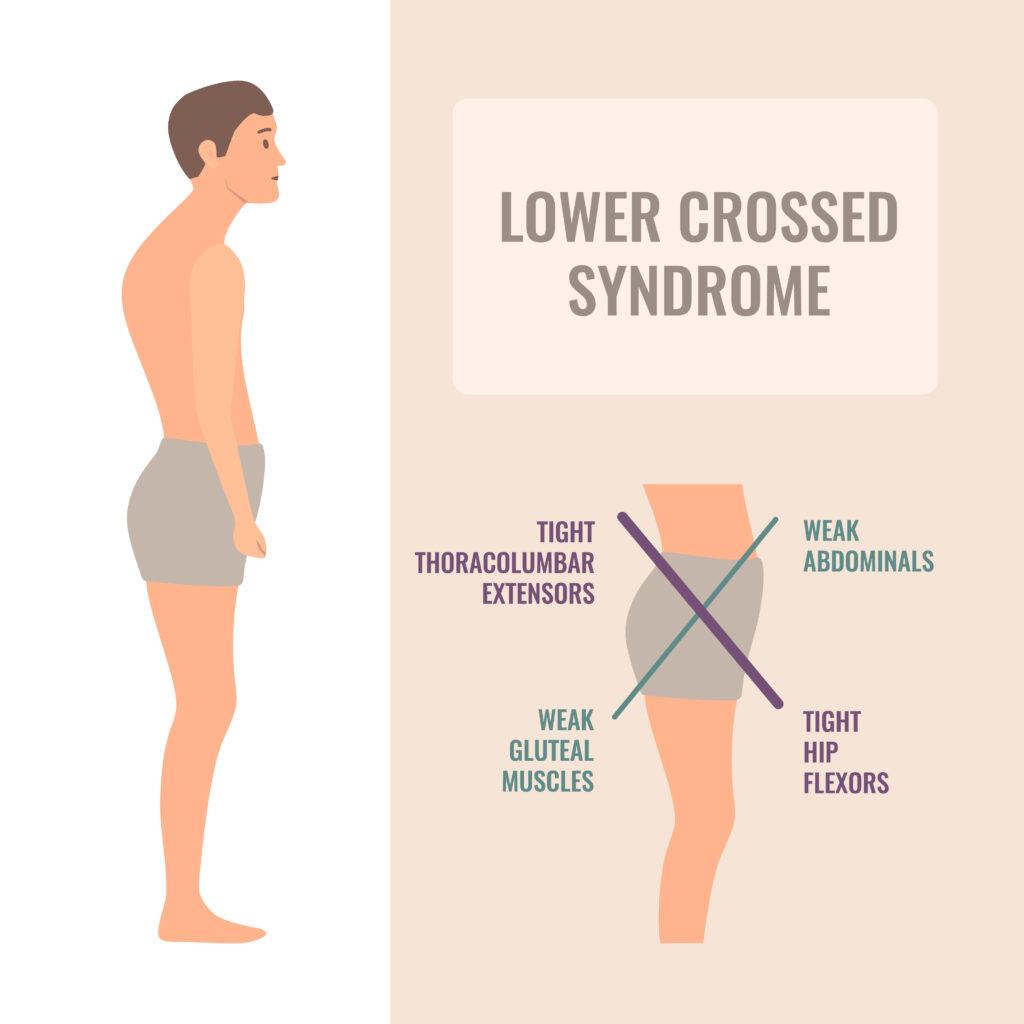“Sit up straight! Stop slouching!”
How many times did we hear that while we were young? The trouble with poor posture is that it is not just a reflection on one’s manners or looking one’s best. While standing tall and sitting up straight can imbue a sense of confidence in ourselves that is visible to those around us, the benefits of a good posture go much deeper than that. The health benefits are striking.
Because everything in the body is connected, each action we take or do not take has lasting effects on the rest of the system. Poor posture can cause misalignment that results in pain, while improving posture is a simple and drug-free way to reduce discomfort and pain and prevent more serious health issues. At Utah Sports and Wellness, we can help you correct your posture, which can lead to regaining your mobility, and come up with a treatment plan that best suits you.

The Manifestations of Poor Posture
In the world we live in, endorsing poor posture has never been easier. Our society is more sedentary and technology-centric than any before, and while this offers many benefits of its own, not many of them fall in the posture department. There are many different ways in which poor posture can affect the body, including the cleverly nicknamed Tech Neck. Here we focus on two others.
Upper Cross Syndrome
Upper Cross Syndrome is so named because, when the problem exists, the overactive muscles in the back form a crossing pattern over the counter-crossed underactive muscles. The overactive upper trapezius and levator muscles down through the pectorals cross over the underactive sternocleidomastoid and lower trapezius, forming an ‘X’ in a cross-section of the neck and upper back.
The syndrome is associated with the forward and downward placement of the head, especially from the prolonged use of devices. Significant time with one’s head bent over a screen can weaken muscles and cause imbalances in toning. This puts stress and strain on the head, neck, and shoulders and can cause a number of symptoms:
- Frequent neck pain in the absence of apparent injury
- Soreness in the shoulder blades
- Difficulty moving the shoulders, arms, or neck because of tightness or pain
- Feeling like you must constantly shift positions while sitting at your desk or computer
- Feeling like your head is continuing to roll forward
- Frequent headaches
The misalignment or disproportionate toning of muscles in the shoulders and back can trickle-down effect affecting more peripheral parts of the body, so the symptoms here are not an exhaustive list. In order to determine that symptoms are truly caused by Upper Cross Syndrome, you and your chiropractor can also look for these poor posture patterns:
- Head protruding forward
- Shoulders rounded forward
- Ears forward of the shoulders
- Inward curvature of the neck
- Protruding shoulder blades

Lower Cross Syndrome
If the pain poor posture causes is in your lower body, Lower Cross Syndrome is more likely to be the culprit. Often the result of a sedentary lifestyle, the crisscrossing of over- and underactive muscles in cases of Lower Cross Syndrome occurs across the hip region. Without corrective action, weak muscles become weaker while short muscles get shorter and tighter. The cycle perpetuates the misalignment of pelvic joints and brings a bevy of symptoms in the hips and pelvic region:
- Pain in the hips, hip flexors, pelvis, or groin not associated with injury
- Pain in the lumbar spine or buttocks
- Tightness or stiffness in the low back, hips, or hamstrings
As with Upper Cross Syndrome, Lower Cross Syndrome can be observed by a few posture tells:
- Protruding stomach from an arched lower back
- Hips lined up incorrectly, tilting forward to increase the curve in the lumbar spine

Correcting Upper and Lower Cross Syndrome
The underlying problems in these syndromes can be corrected, and we recommend looking to your chiropractor for help. A tailored corrective exercise strategy can strengthen muscles that have been weakened by habitual poor posture. It can also serve as a warm-up before more intensive exercise. Your chiropractor or physical therapist will recommend exercises that both improve flexibility in overactive muscles and strengthen underactive muscles.
Poor posture won’t be fixed overnight, but consistent care and exercise can strengthen your muscles in a way that allows them to work together harmoniously. Work with your chiropractor to strengthen weak muscles and stretch those that are overwrought. The daily small efforts build upon each other to relieve pain now and promote a healthy body moving forward.